10 Flower Seeds To Sow In April For Endless Blooms Through Summer & Fall
Discover the best annual and perennial flowers to plant in April to ensure a sea of color in borders and containers that lasts all summer and into fall.
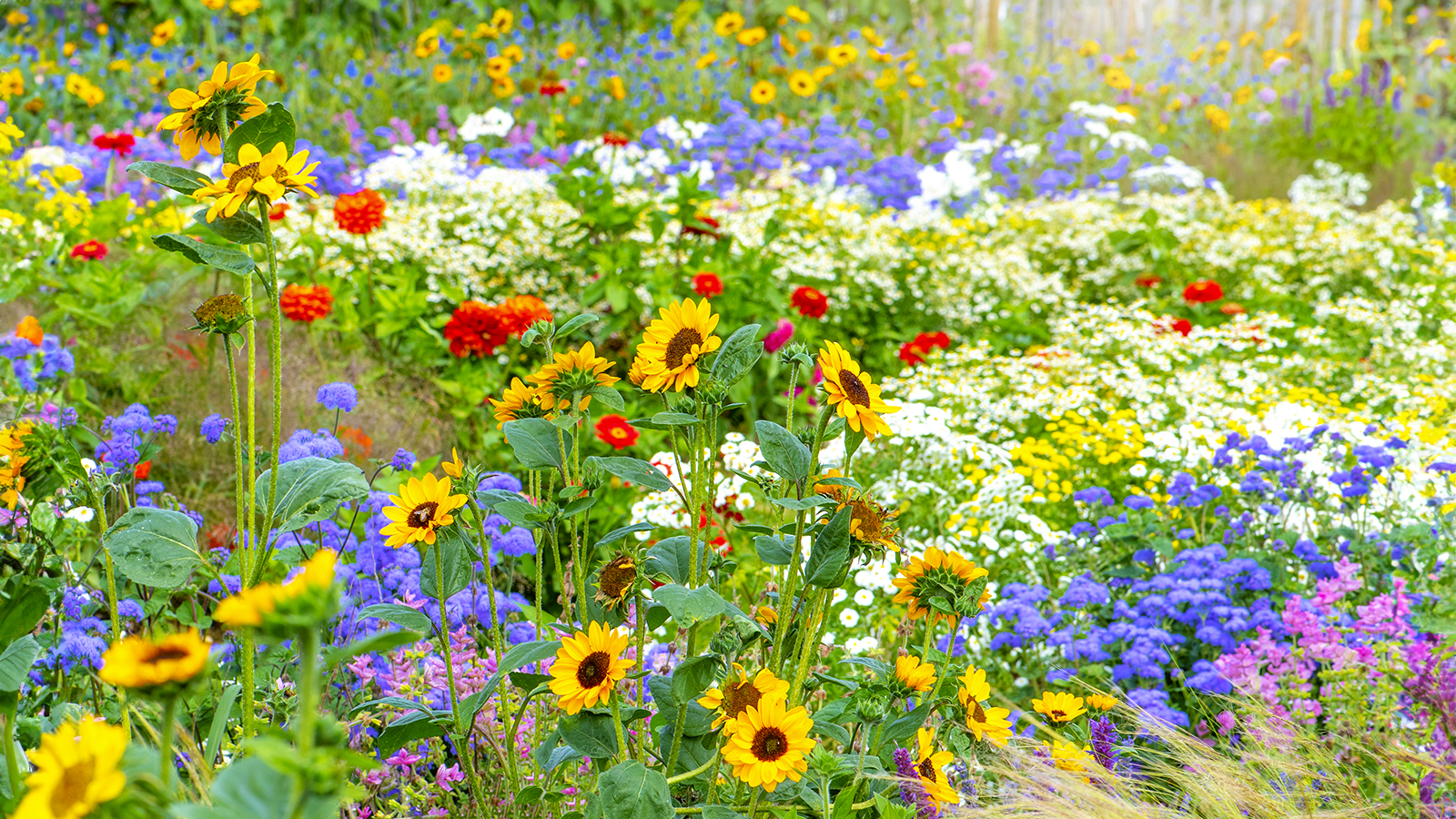
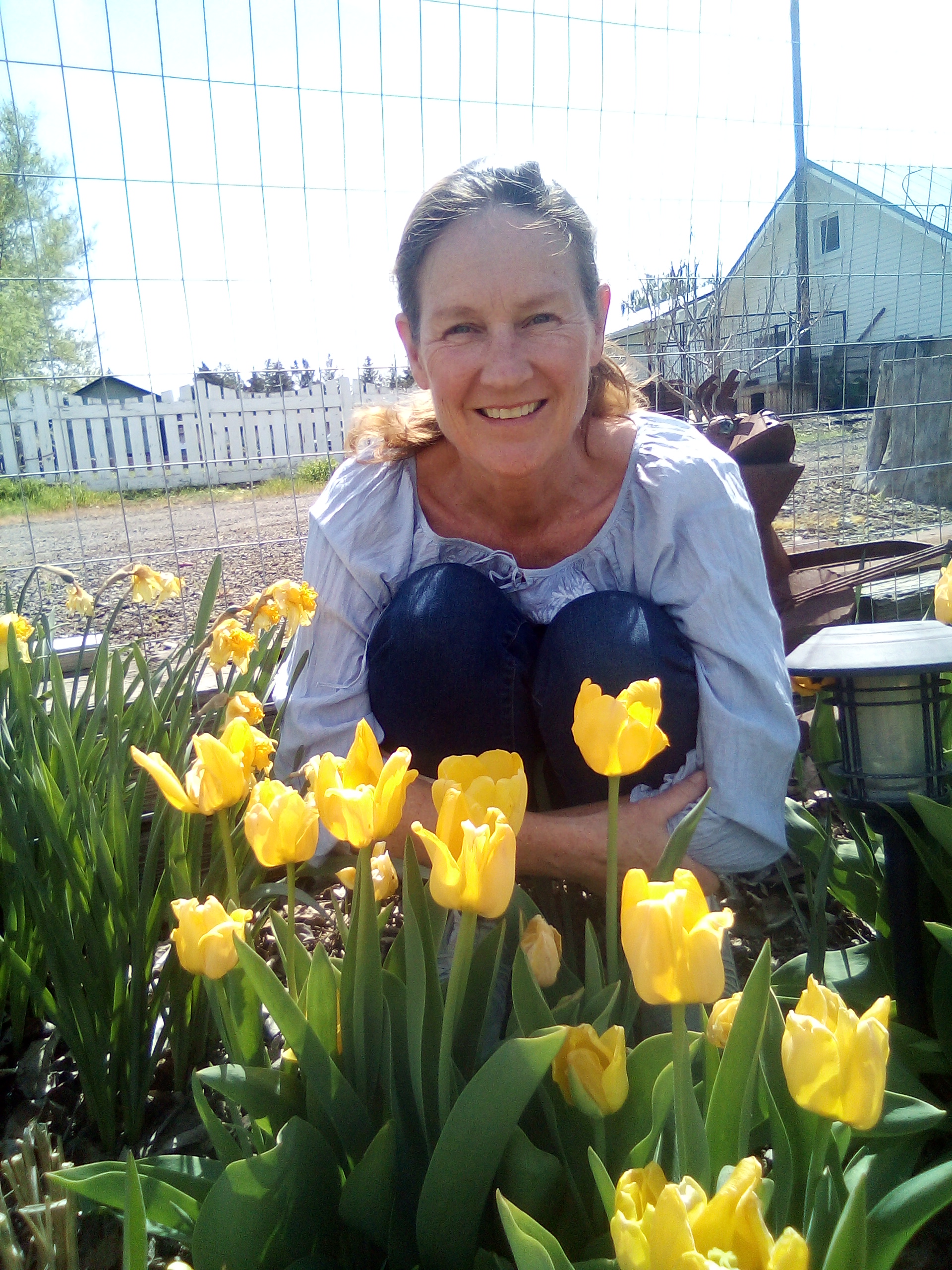
April showers are the herald of spring flowers! It is finally time to plant seeds for bountiful, colorful displays in the coming months. Beginning your seeds now will allow you to plant show-stopping hanging baskets, glorious swaths of blooms along borders, and ensure an abundance of cut flowers. Select from annual and perennial options for a diverse range of sizes, tones, and a long-lasting floral concept.
If growing in a warmer zone, you can direct sow seeds outdoors, while in cooler climates, starting seeds indoors is still the best option in April. You can plant out seedlings later in spring, after all danger of frost has passed. The Gardening Know How Shop offers a range of professional-quality seed-starting trays and kits to get your seeds off to the best possible start.
As you begin selecting your seeds, consider how many of each species you will want to start. A popular gardening design encompasses flowers planted in groupings to maximize their eye appeal. For instance, instead of dotting one annual variety here and there in the garden, plant them en masse for a bold, artistic flourish. Use perennials similarly, clustering several of the plants together to draw the eye and add visual impact.
Start planting a glorious summer garden with these beautiful varieties you can sow in April. As well as these blooms, you can also plant all of our recommended flower seeds to start in March this month.
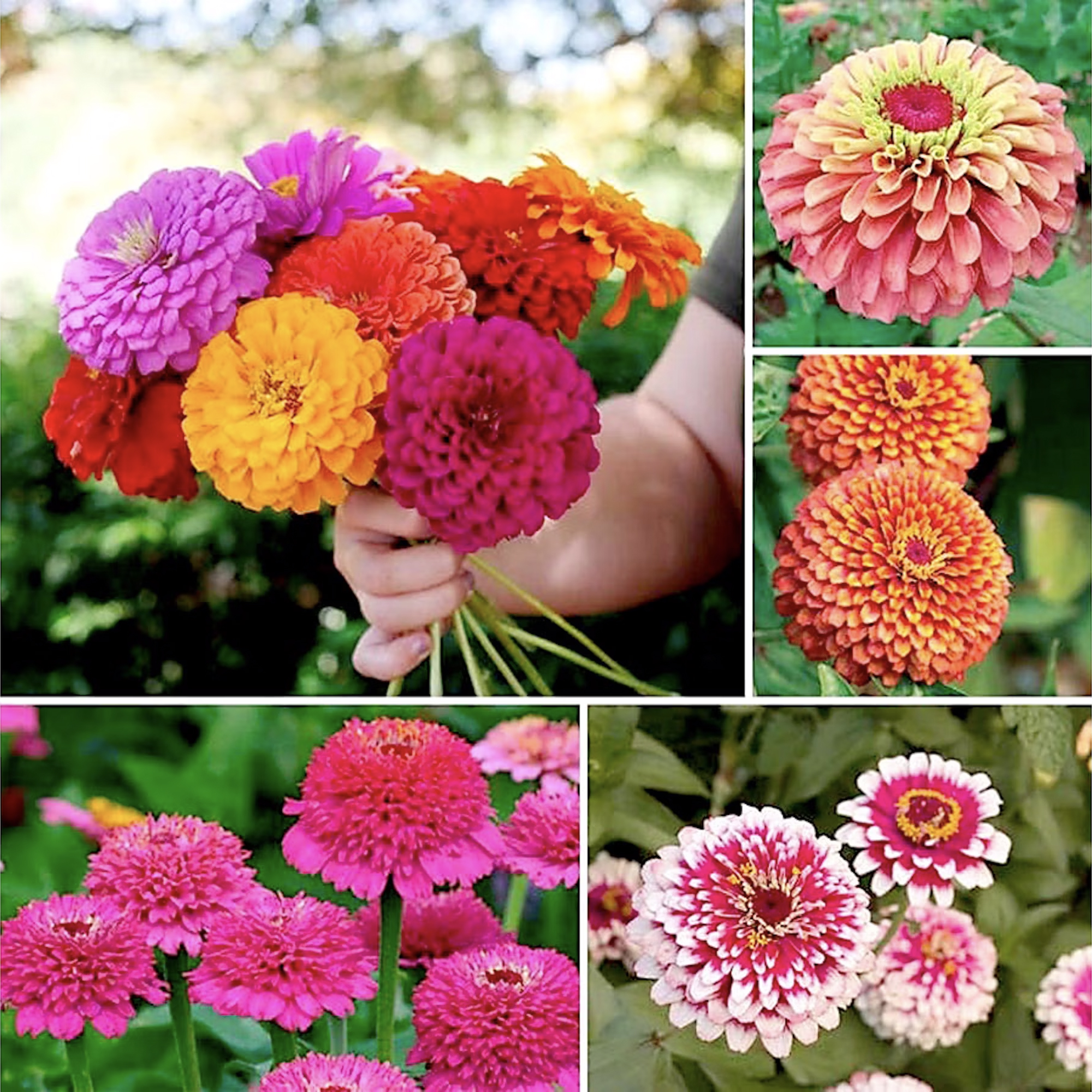
Fill your garden with color and interest all season long with our expert-curated flower seed collections – from zinnias for cutting gardens to healing plants.
Annual Flowers to Start in April
Annual flowers may only live for one season, but many of them will bloom all summer long and self-sow, leading to plants for many years after the initial installation. They are the stars of the show in containers and fill gaps in beds and borders.
1. Marigolds
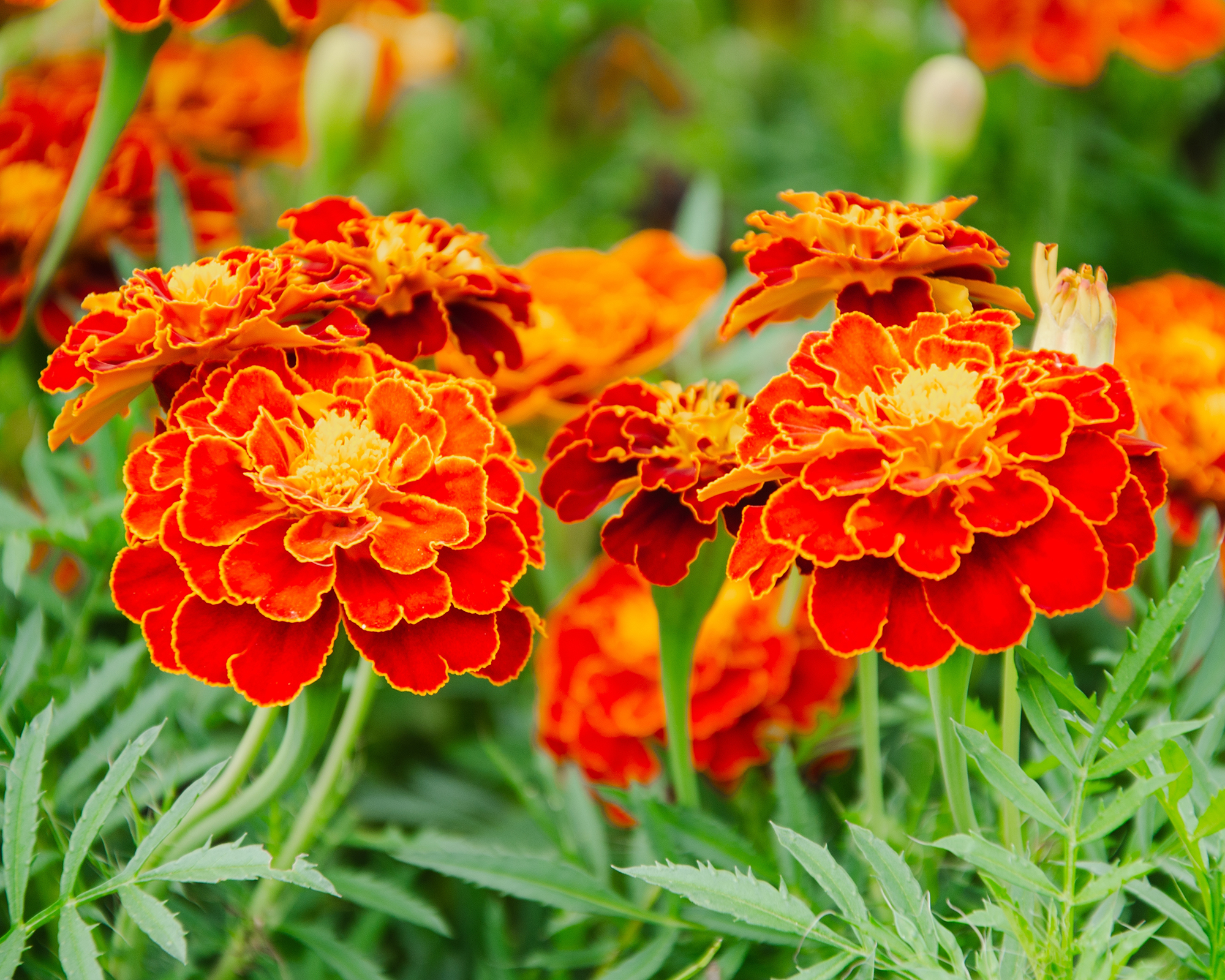
You can’t go wrong with these sunny charmers. Not only are marigolds brightly colored, but they come in several sizes, hues, and petal arrangements, with both French and Mexican varieties. French marigolds are also helpful in ridding the garden of unwanted pests, due to their scent.
Tiger Eyes marigolds, available in the Gardening Know How Shop, are a particularly stunning French variety, with smoky red lower petals and a pompon-like burst of sunny yellow on top. Or, for the brightest pop of color, try Disco Mix marigolds, which bloom with consistently showy flowers all season long.
Gardening tips, videos, info and more delivered right to your inbox!
Sign up for the Gardening Know How newsletter today and receive a free copy of our e-book "How to Grow Delicious Tomatoes".
Growing marigolds is very easy. The seeds are almost surface-sown with just a dusting of soil over them. Transplants should be hardened off prior to planting outdoors.
2. Bachelor Buttons
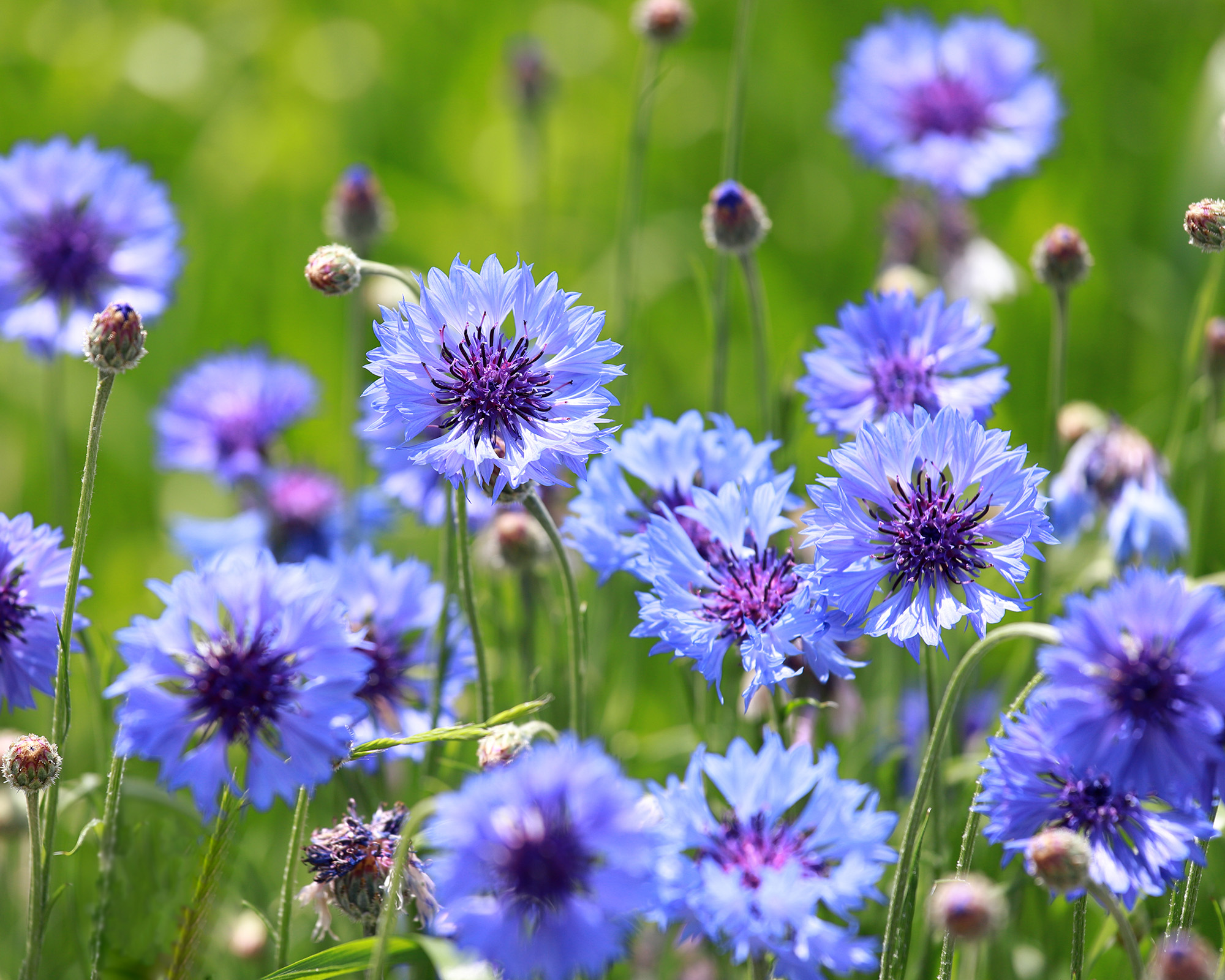
These cuties are top of the spring growing list due to their frilled petals and periwinkle blue hues. There are also pink and white varieties to choose from.
When growing bachelor buttons, bear in mind that the seedlings do not enjoy being transplanted, so it is best if you sow them directly in a prepared, sunny bed. In soil temperatures of 60°F (16°C), they will germinate in as little as seven days.
Bachelor buttons are hardy annuals and can withstand some spring frosts. They will readily reseed themselves, so you will have years of their delightful presence without any further seeding.
3. Nasturtiums
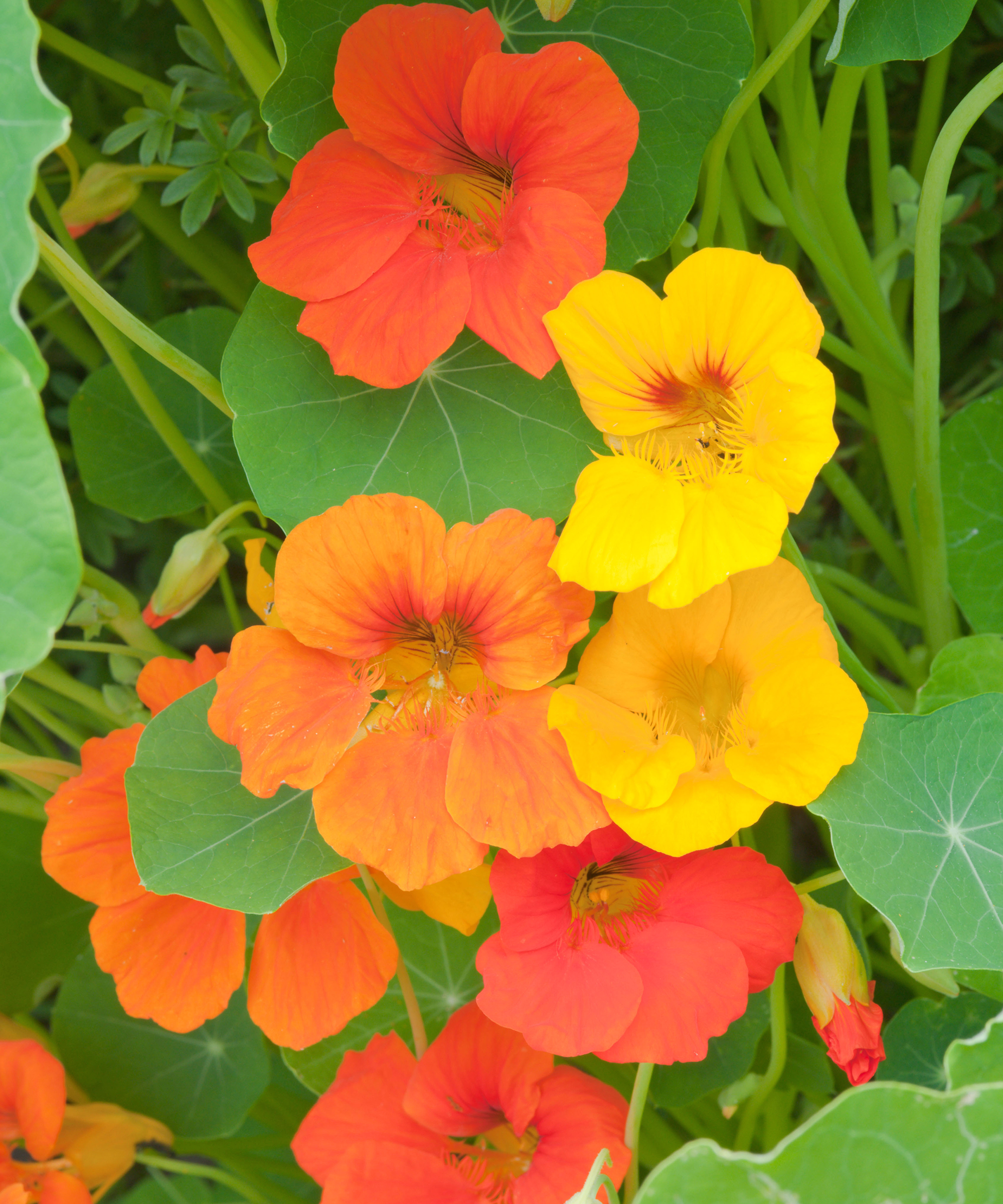
I always make sure to have this little flower in my garden. Not only are its sunset hues brilliant, but the flowers make great additions to salads and other recipes. Plus, growing nasturtiums couldn't be easier. Just direct sow seeds where you want them to grow.
There are many varieties to choose from, but Baby Rose, available in our Flower Seed Bio Dome Collection, has a compact growth habit that makes it ideal for containers, while its deep pink flowers are an unusual departure from nasturtiums' usual sunny shades.
Nasturtiums make excellent companion plants in the vegetable garden, where they draw certain common pests away from your produce. They are also popular among hummingbirds and other pollinators.
4. Sweet Peas

In most regions, April is the perfect time for growing sweetpeas from seed. Direct sow these charming flowers into a prepared bed or start them in flats, indoors, and plant them out in six weeks after your frost possibility has passed. Bury the seeds about ½ inch (1.25cm) deep.
Sweet peas are annual plants with climbing vines, so set in a support system such as a trellis. They are quick reward plants, often flowering in as little as a month after planting.
5. Sunflowers
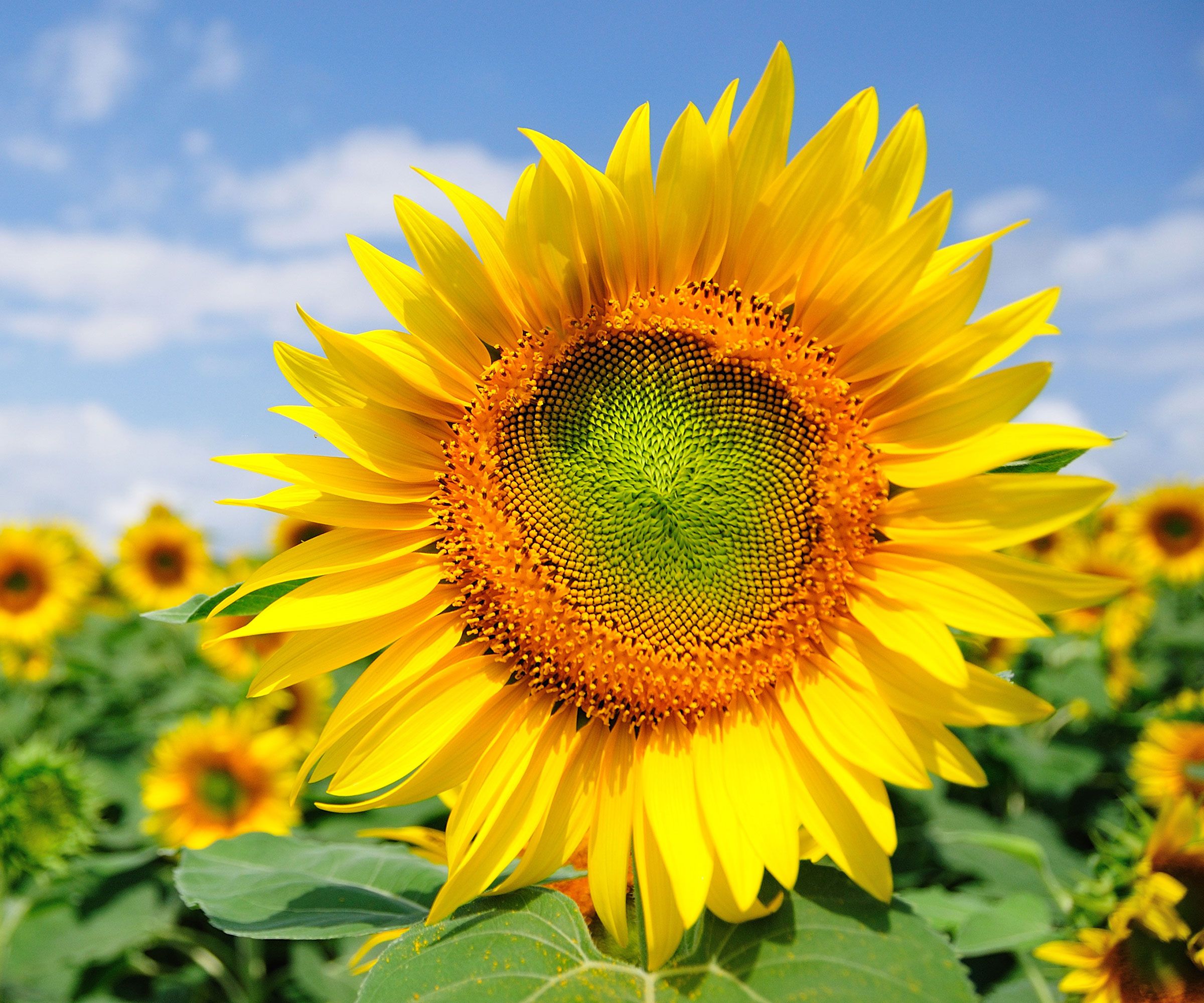
These are my absolute favorite flowers, with their large, cheery heads of gold. Once you have tried growing sunflowers from seed once, you will usually have a supply of them every year as the birds sow the seeds. Germination is rapid, even in cool soil, and most zones can plant them directly in April.
You may select from the towering Gigantus sunflower, available in the Shop, the adorable Teddy Bear, and many more in between. For an elegant alternative to their usual golden hues, try Italian White sunflowers, which produce an abundance of flowers throughout the season.
Sunflowers are plant-and-forget seeds for the most part. As long as you have some spring rainfall, they need little attention once in the ground.
Perennials to Start from Seed in April
Perennial plants persist in our gardens for years or even decades. Most varieties can also be divided to make new plants. Planting these stunning flowers is a long-term investment in your garden. However, not all perennials grown from seed will bloom in their first year.
Before planting these perennial flowers in your garden, ensure they are compatible with your USDA hardiness zone.
6. Coneflowers
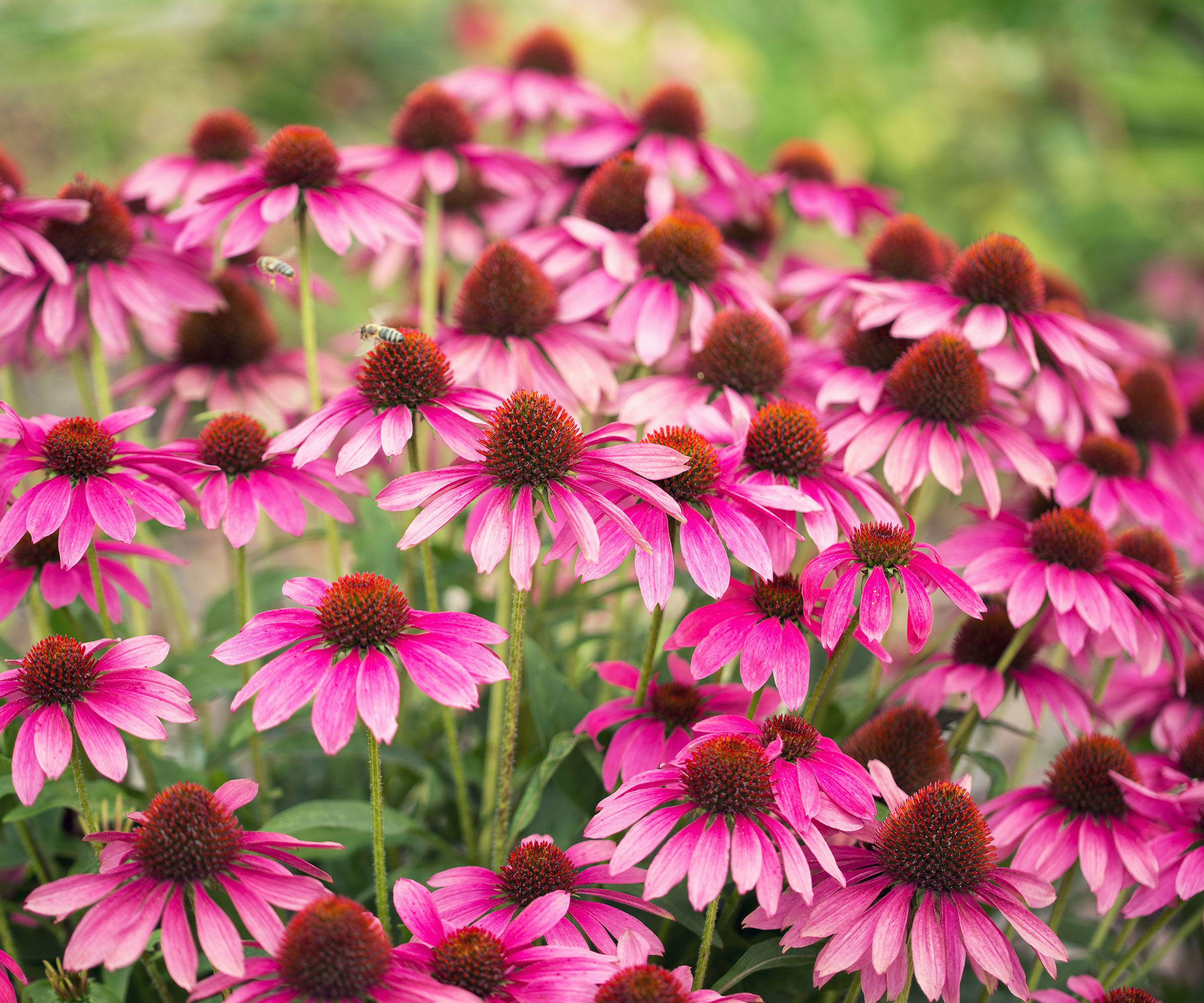
Also known as Echinacea, this medicinal plant produces lovely rayed flowers in many colors and combinations. PowWow Wild Berry coneflower, available in our Butterfly Lovers Seed Collection, is an award-winning variety prized for its striking magenta-purple blooms. Or, for a pop of sunny colors, try Cheyenne Spirit coneflowers, which dazzle in yellow, gold, orange, scarlet, red, and purple from midsummer through fall.
When growing coneflowers, you can set the seeds out in the fall or plant them directly outside in the spring. Sow the seed ¼ inch (6mm) below the surface of the soil and keep the site moderately moist. Coneflowers will germinate in around 10-20 days.
In colder climes, sow the seeds in flats with just a dusting of soil and place them in a sunny location. Once the plants have two sets of true leaves, harden them off and transplant them outdoors.
7. Black Eyed Susan
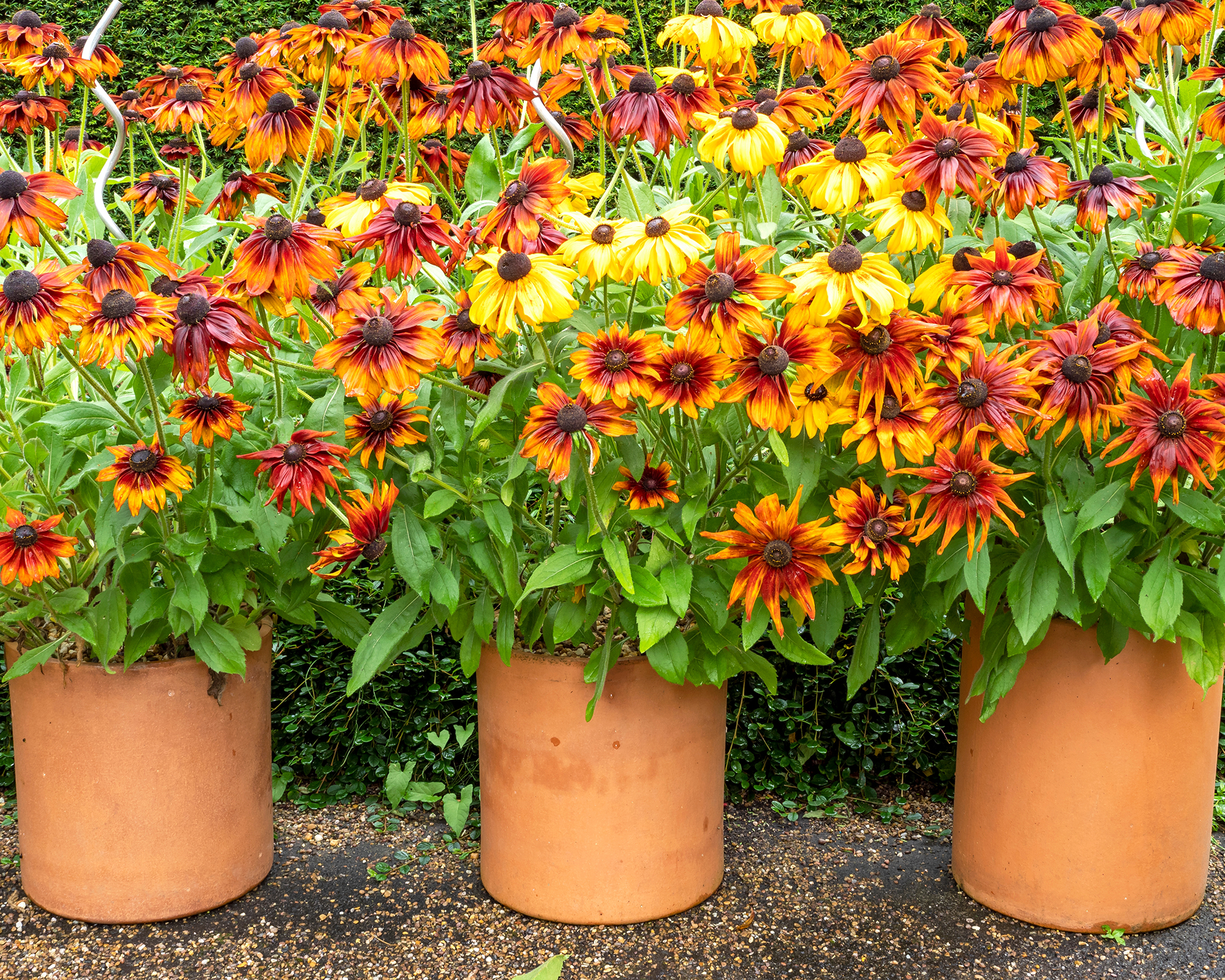
Also known as Rudbeckia, black-eyed Susan is an unmistakable plant with bronze-orange petals and a black center. The plants provide some nice dimension in the garden since they can mature to 3 feet (90cm). Over the years, they will increase in number as the flowers self-sow.
When growing black-eyed Susan, bear in mind that seeds need sunlight to germinate, so press them into moderately moistened soil. These plants are quite tolerant of a variety of soil types but prefer it to be well-draining.
8. Columbine
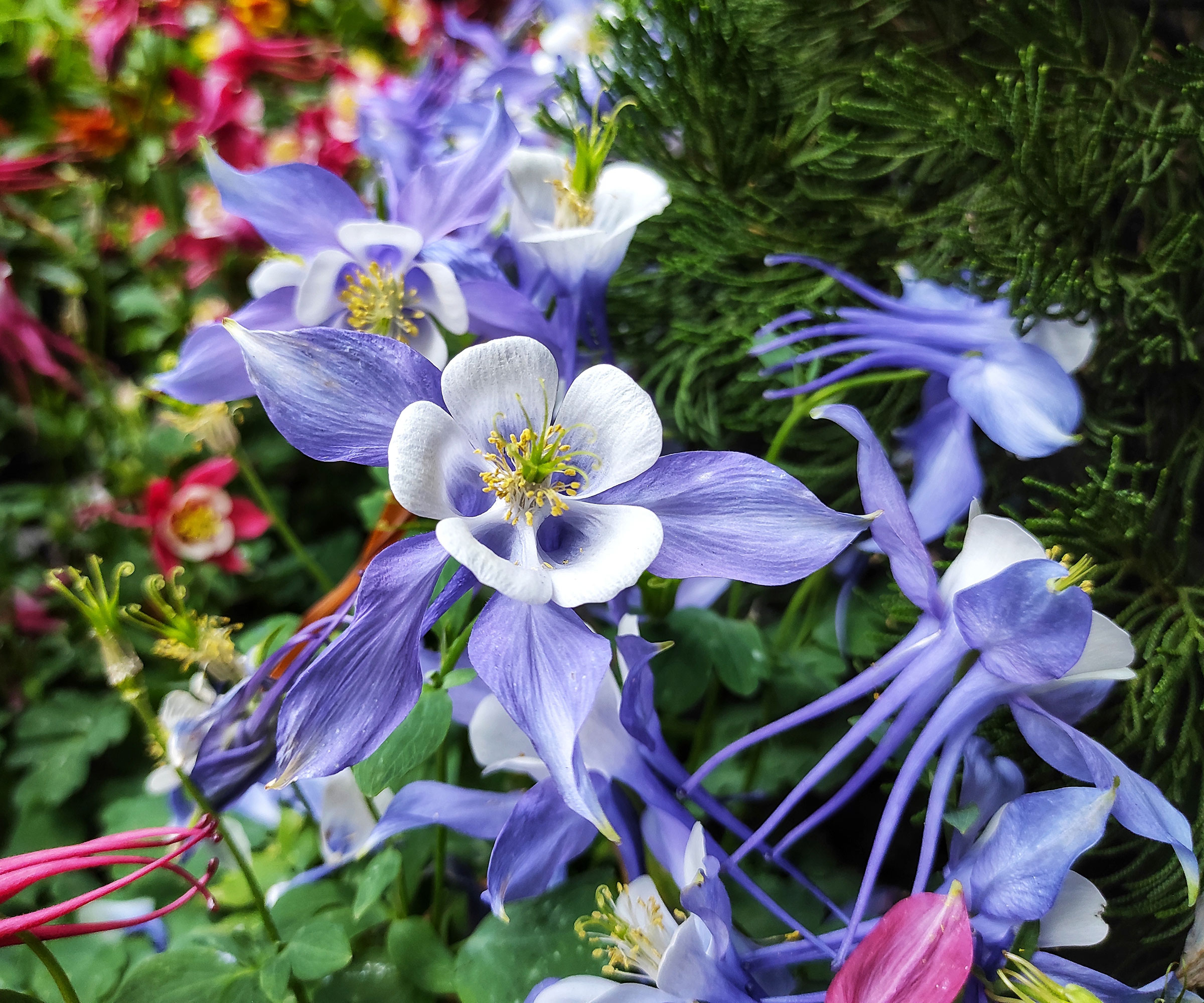
Columbine boasts some fabulous flowers with two tones and delicate, lacy bluish foliage. While they may not bloom for you that first year after planting, you can enjoy the airy leaves. They bloom in the cooler season and are often one of the first spring flowers outside of bulbs like daffodils and crocuses. There are many colors from which to choose in hues of red, pink, white, yellow, and blue.
When growing columbine, surface sow the seeds, as they need light to germinate, and keep the area lightly moist.
9. Coreopsis
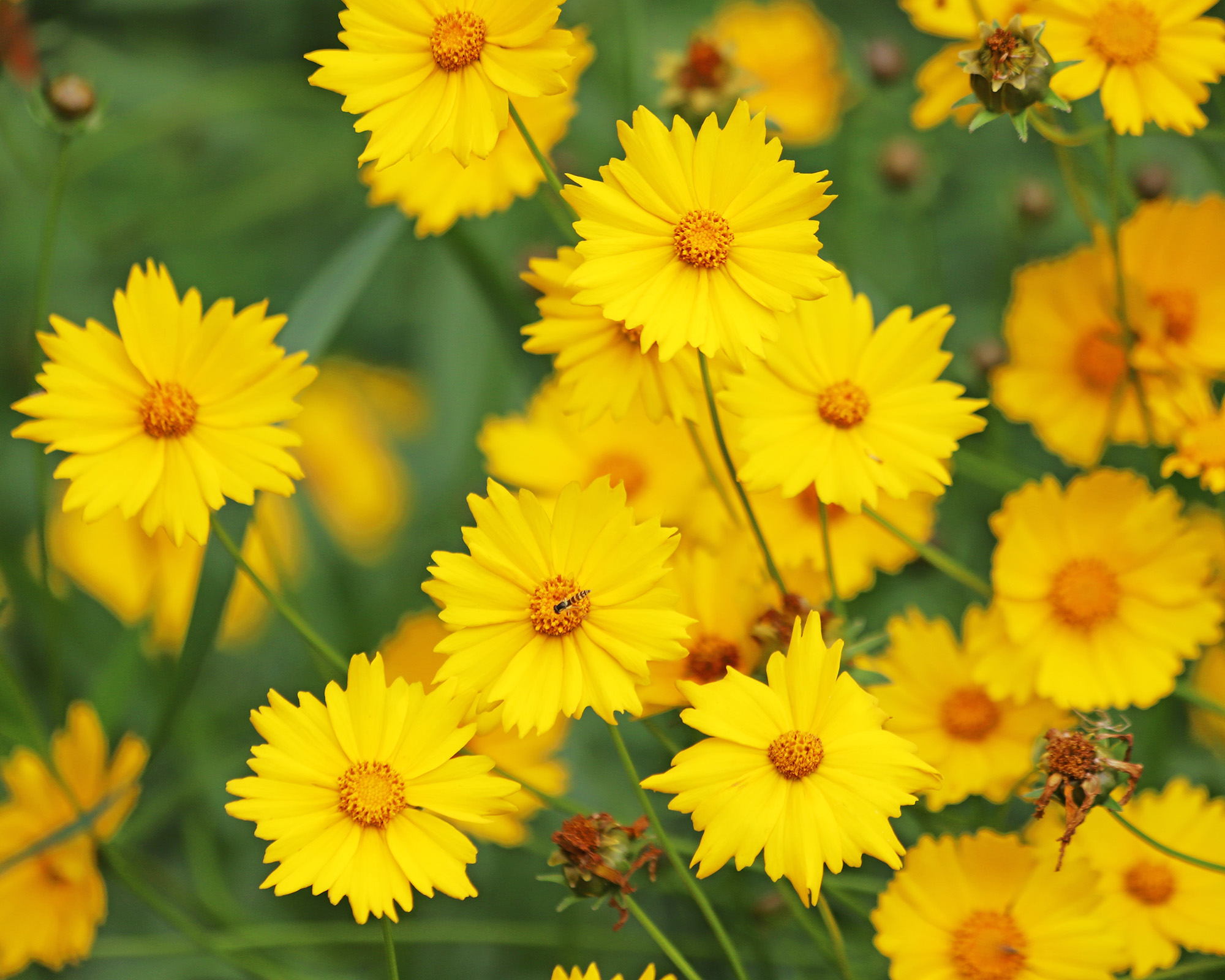
Growing coreopsis – or tickseed – in the garden will make both birds and insects happy, and delight you with their sunny flowers. An extremely hardy perennial, coreopsis comes in orange and yellow tones.
While you'll get more blooms in full sun, the plant can tolerate partial shade. It is also extremely adaptable to a variety of soils. Surface sow seeds and sprinkle a light dust over them.
Coreopsis will bloom all summer long, especially if you give the plant a shear after most of the initial blooms are spent.
10. Yarrow
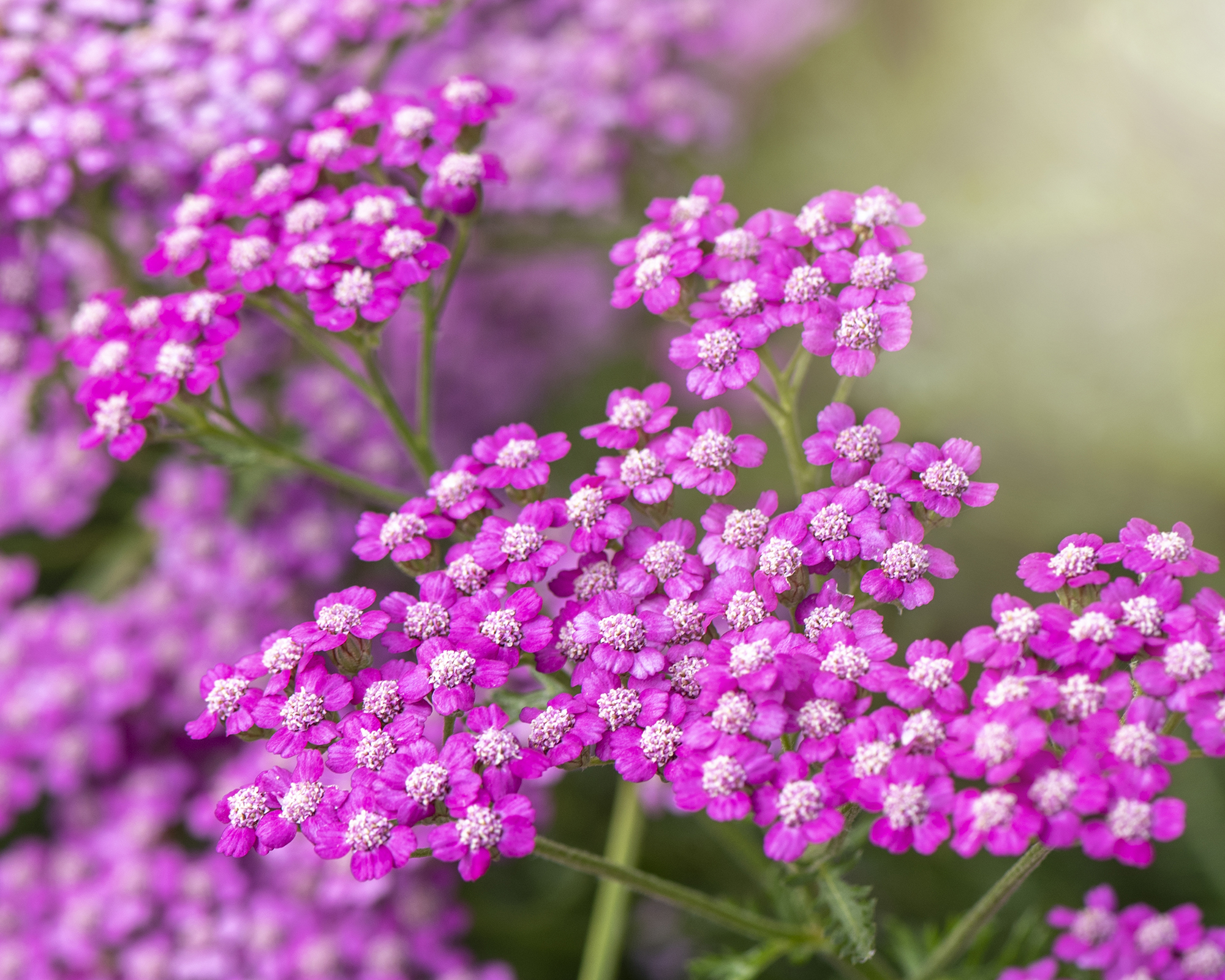
A classic perennial with ease of care, yarrow comes in many colors. It produces clustered umbels of tiny flowers in white, yellow, red, gold, and pastel hues. The foliage is feathery and attractive.
When growing yarrow from seed, you can start sowing as soon as the soil is workable. The seeds need sunlight and should just be lightly pressed into the surface of the soil. Yarrow seeds can take up to 20 days to sprout, so be patient. Transplants are ready to plant out when they have two sets of true leaves.
Tips for Starting Seeds in April
While gardeners in warmer zones can plant outdoors in April, gardeners in cooler zones will need to start seeds indoors due to the threat of spring frosts. However, you can also support the seedlings of hardy flowers outside in these regions with cold frames, raised beds, garden cloches, and frost barrier tunnels.
When planting seeds outside, prepare the soil carefully by loosening it, removing weeds, and incorporating compost or other organic material that will enrich the soil and help encourage drainage.
Alternatively, you can start your April seeds inside in flats or smaller pots, planting them six to eight weeks before the last frost date in your area. You can make a good-quality seed-starting mix by combining equal parts of compost, coconut coir or peat moss, and perlite or vermiculite. This homemade mixture will enhance drainage while holding a bit of moisture. The compost will add just a light touch of nutrients to get seedlings going. Now, you are ready to plant.
Pay careful attention to the seed packet information, which will direct you on depth, spacing, site, and time for planting.
When transplanting seedlings into the garden, harden them off to lessen the shock and get plants acclimated to the full sun, wind, and other conditions out of doors. Just move the plants outside for gradually longer periods of time, over the course of a week. Then they are ready to install in prepared garden beds and flower for your enjoyment.
More Growing Inspiration
- Why are my seedlings wilting? Diagnose the issue from these 6 most common causes – and learn how to save them.
- Explore our expert-curated collection of seed-starting essentials in the Gardening Know How Shop – browse the finest seeds, seed-starting trays, tools, and everything you need to grow your best garden ever.
- Discover the ultimate potted flowers for spring! Fill containers with these 8 brilliant blooming options.
- Be inspired by 7 shade-loving flowers to start from seed in spring for a stunning summer garden.
- Get growing inspiration and exclusive offers delivered straight to your inbox by signing up to the Gardening Know How Newsletter.
This article features products available from third party vendors on the Gardening Know How Shop.

Bonnie Grant is a professional landscaper with a Certification in Urban Gardening. She has been gardening and writing for 15 years. A former professional chef, she has a passion for edible landscaping.
-
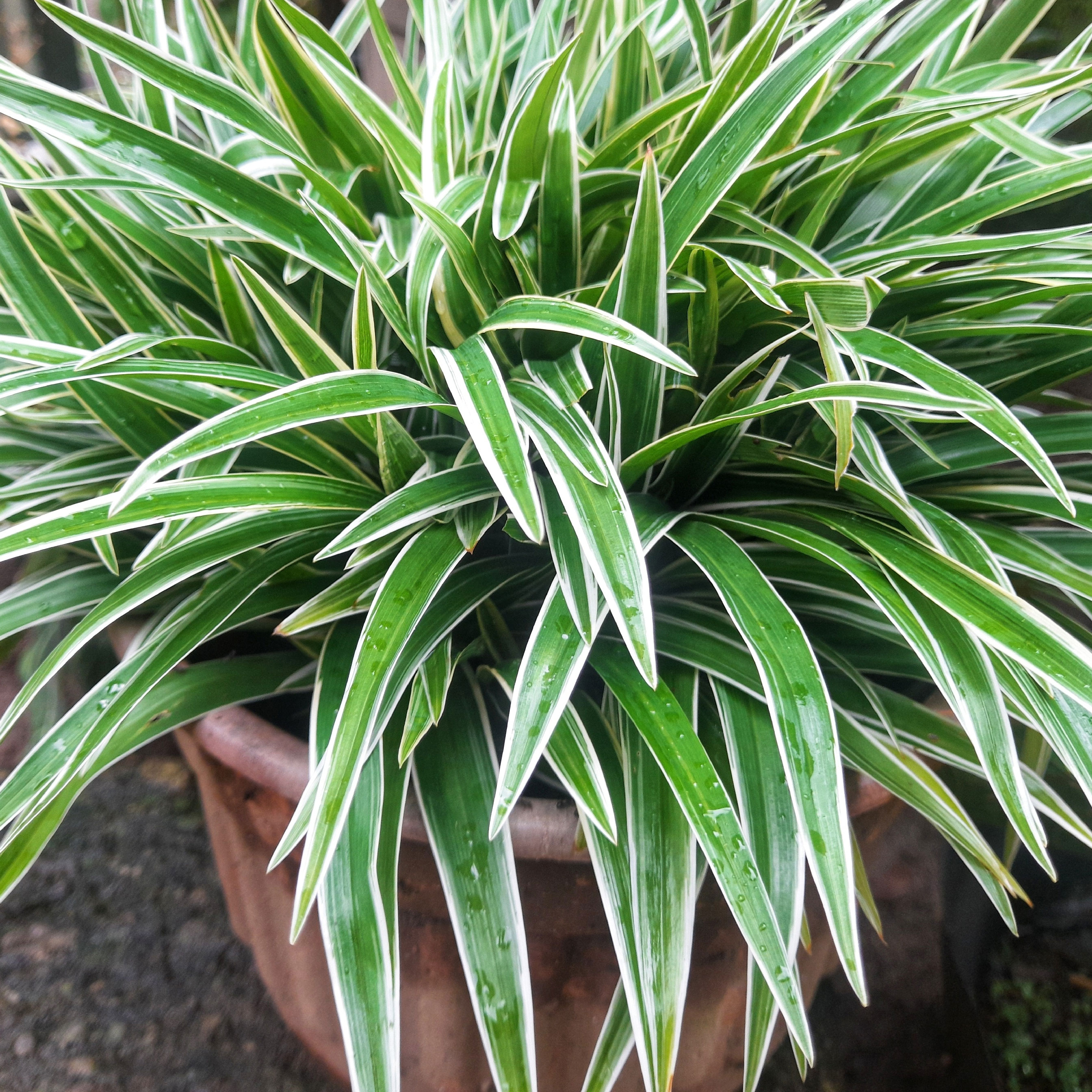 Want To Know How To Make A Spider Plant Bushier? 4 Secrets For Lush & Bushy Spiders
Want To Know How To Make A Spider Plant Bushier? 4 Secrets For Lush & Bushy SpidersAre you looking for ways to make your spider plant look bigger or more dramatic? Follow these quick and easy tips on how to make a spider plant bushier
By Teo Spengler
-
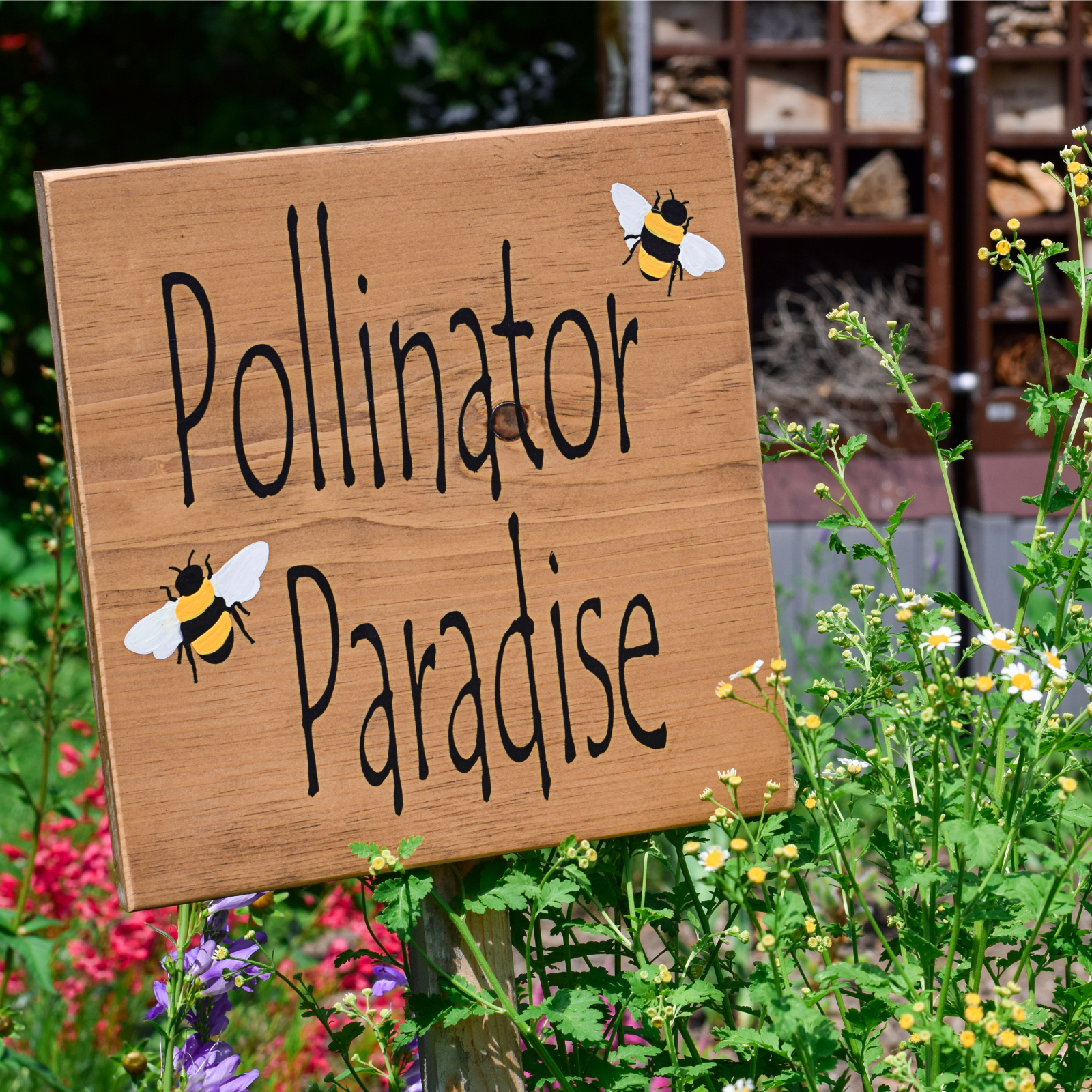 What Is A Pollinator Garden? Grow Gorgeous Blooms While Benefiting Your Local Ecosystem
What Is A Pollinator Garden? Grow Gorgeous Blooms While Benefiting Your Local EcosystemPollinator gardens look great and also provide a diverse ecosystem that benefits your local pollinating insects and animals. Get started today with this guide!
By Bonnie L. Grant